Services
Geothermal Well Engineering & Designs
With the onset of green energy revolution, Geothermal Well Drilling has kicked off with a number of deeper, more complex wells being drilled around the globe.
In general, the processes of drilling geothermal wells are similar to those developed by the oil and gas and water well drilling industries. It is, however, mission-critical to appreciate unique differences associated with the nature of a geothermal reservoir system, the temperature, the geology and the geochemistry which require that quite different drilling and well design practices be followed if well needs to deliver success.
It is mission-critical to appreciate that although geothermal drilling uses the same drilling technology as the oil and gas industries, geothermal drilling has several distinctive features such as:
- Predominantly drilling through volcanic, intrusive and metamorphic rocks which pose different set of challenges.
- High temperatures i.e. 150°C to 350+°C which requires specialist downhole tools, fluids and cements etc.
- Sustained high production flowrates~ averaging 50,000 BPD for decades. Wells must be designed for long lasting integrity and longevity.
- Penetration of complex faulted & fractured zones is normal which imposes challenges for drilling operations.
- Geothermal fluids could contain varying concentrations of dissolved solids and corrosive gases such as CO2 and H2S. Both of these gases could pose a risk to personnel and induce failures to downhole tools, casings and well head equipment.
- Due to extreme high-temperature environments, detailed and comprehensive thermal loading simulations should be done.
- Utilization of smaller rigs which could put technical limits in check for operational parameters.
All of the geothermal wells drilled into extremely high temperatures thus pushing their components including casing strings, casing connections, wellhead assembly, cement sheaths, drilling fluid to its technical limits. A number of geothermal wells have failed to deliver due to damage to the downhole construction e.g., casing strings, cement sheath and surface equipment of a geothermal well. The bottom line is all geothermal wells require specialist well designs, amongst so many other things, it must include a variety of life-cycle loading conditions simulations at ultra-high temperatures.
Case Study: Geothermal Well Engineering & Design Optimisation (2020-2021):
OWE was approached by one of EU’s largest geothermal power producer to get help for their Geothermal Well Designs. Upon review, OWE discovered significant issues with the well designs, which were not suitable for drilling and required to be rebuilt from scratch. Through progressive Well Engineering analysis, OWE delivered highly-customised Well Design solutions for the two geothermal wells. OWE Geothermal Design work included the following deliverables:
- Built brand new and optimised well trajectories in collaboration with subsurface team.
- Performed a comprehensive Well Engineering Analysis for all sections for both wells.
- Furnished a detailed list of required technologies and well construction tangibles & components.
- Performed Well Safety and Integrity Related Simulations such as: Anti-Collision Analysis, Cementing Optimisation, Casing Wear Analysis, Well Control/Kick Tolerance, Stuck Pipe Prevention.
- Captured Key Drilling/Wells Risks & Possible Mitigations.
- Provided cost-effective Well Plugging and Abandonment Designs for the Geothermal Wells.
Note: OWE’s designed geothermal wells have gone through all decision gates and planned to be drilled at the start of 2022.
